1. Overgrown Ivy on Every Wall
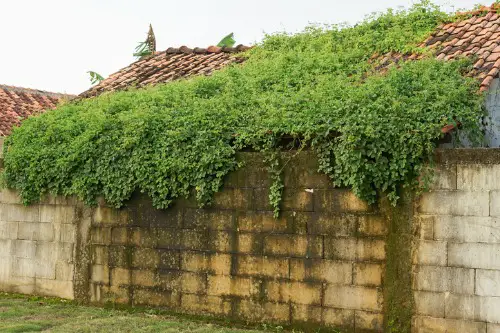
Ivy can look beautiful when it’s controlled, but when it creeps unchecked across walls, fences, or trees, it gives the impression that no one is tending to the space. It quickly covers architectural details and can make a once-neat fence disappear entirely under green. The dense foliage also casts heavy shadows, which can make the garden feel dark and forgotten. Even if the ivy is healthy, it often signals neglect rather than charm if left to run wild.
Once it starts overtaking structures, it’s tough to manage without a serious cleanup. Dead leaves can accumulate, and the stems can damage wood, brick, or siding. Guests might mistake your intentional style for sheer abandonment, especially if pathways are barely visible. That “romantic wildness” can turn into a visual chaos that screams, “This garden hasn’t been touched in months.”
2. Rusty Garden Furniture
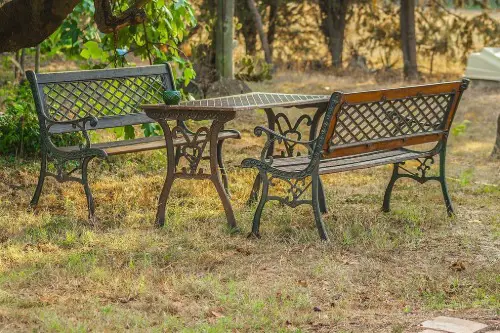
Metal chairs or tables that have rusted through can create an aesthetic that leans more toward abandoned than vintage. Even when paired with a lively flowerbed, a corroded bench can suggest the garden has been ignored. Rust spreads quickly, weakening the structure and leaving orange-brown flakes on everything below. People tend to associate rust with long-term neglect rather than deliberate design.
Rusty furniture also tends to attract weeds and moss around the base because it’s rarely moved or cleaned. Over time, it can even become unsafe to sit on, which emphasizes the “forgotten garden” vibe. The sight of peeling paint or crumbling metal can make the space feel desolate. Even if the surrounding plants are flourishing, the furniture alone can ruin the overall impression.
3. Broken Birdbaths or Fountains
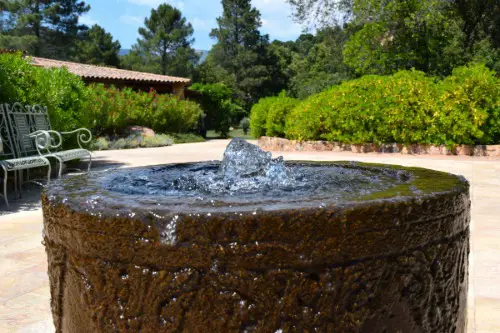
A cracked birdbath or fountain that no longer works can immediately make a garden feel abandoned. Water features are meant to bring movement and life, so when they’re stagnant or empty, the contrast is stark. Leaves, algae, and debris accumulate quickly, giving the area a neglected appearance. The sound of trickling water disappears, and the space loses its inviting atmosphere.
Repairs or replacements are often ignored because people assume they’re too much trouble, leaving the feature to deteriorate further. Visitors might step around it cautiously, noticing the crumbling edges or green residue. Over time, these broken focal points dominate the eye, shifting attention from thriving plants to decay. What should have been a charming centerpiece instead reinforces a sense of abandonment.
4. Weedy Pathways
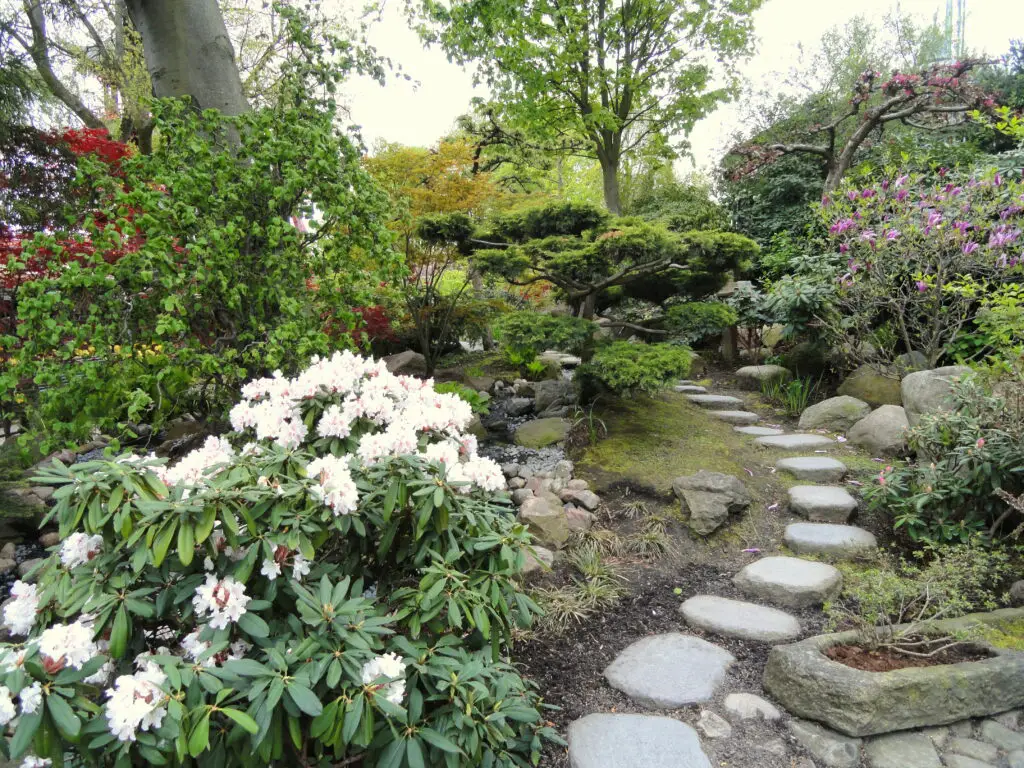
Paths lined with weeds or moss immediately signal that the garden isn’t regularly maintained. Even a well-planned layout can look sloppy if grass or invasive plants creep between stones. Overgrown paths disrupt the natural flow and make navigation difficult, giving the impression that no one walks there anymore. What’s supposed to guide visitors through your garden becomes a visual obstacle.
Weeds in cracks also tend to hide other signs of neglect, like fallen leaves or litter. They can create slippery spots during rain, further discouraging movement. When the garden feels uninviting or unsafe to traverse, it reinforces the abandoned feeling. A once-welcoming path can easily transform into a jungle of neglect if left unchecked.
5. Dead or Dying Plants

Few things scream neglect like brown, withered plants in an otherwise vibrant space. Even one dead bush or plant cluster draws the eye and sets a tone of abandonment. It suggests a lack of watering, pruning, or attention over weeks or months. Guests naturally read plant health as a barometer for overall care.
When multiple areas are affected, it can overshadow the healthy portions of the garden. Dead leaves often accumulate and start to decay, attracting pests or creating unpleasant smells. The contrast between lush areas and dying plants feels jarring. It becomes hard to focus on the intentional beauty when signs of neglect dominate.
6. Faded or Torn Garden Flags
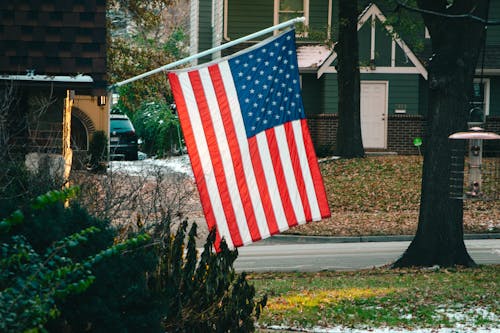
Flags fluttering in the wind can bring color and movement, but faded, ripped, or tattered flags tell a very different story. Sun-bleached fabric and frayed edges suggest the garden hasn’t had attention in months. They’re small details, but people notice them instantly. A single neglected flag can shift the perception of the entire yard.
Flags also tend to catch dirt and mildew when left too long. Their placement is usually in focal points, so damage is hard to miss. When visitors see them, it signals that upkeep isn’t a priority. Even if the garden itself is well-tended, tattered flags make it feel forgotten.
7. Untended Lawn Edges
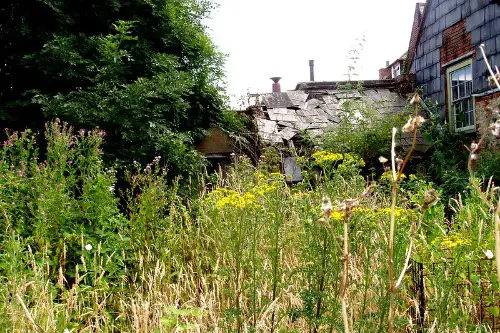
Grass that creeps over walkways, flowerbeds, or fences is a subtle but powerful sign of neglect. Crisp edges are one of the simplest indicators of care in any garden. When they’re missing, it gives the yard a wild, unkempt look. Over time, unruly grass starts to dominate, obscuring planting areas and paths.
This can happen even in lawns that are mowed regularly if the edges aren’t trimmed. Creeping grass invites weeds and creates uneven growth, which adds to the visual disorder. Guests often notice irregularity before they notice other details. Unkempt edges make the garden look less like a curated space and more like it’s been left to nature.
8. Overturned Pots and Planters
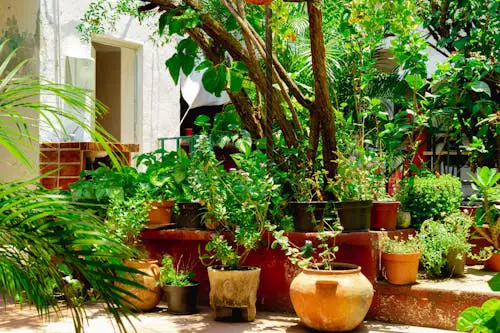
Flowerpots or planters that have toppled over and never been righted are a classic abandoned-garden sign. They suggest storms or neglect, and any spilled soil emphasizes the chaos. Even if the plants inside are healthy, the disarray gives the impression that no one cares. It’s a small thing that communicates a lot about daily maintenance—or lack thereof.
Overturned containers also make cleaning the area harder, as debris can collect inside and around them. They’re visually jarring and break the symmetry of planned arrangements. People naturally associate tipped pots with neglect, not whimsy. Fixing them quickly keeps the garden feeling intentional rather than forgotten.
9. Moss-Covered Statues
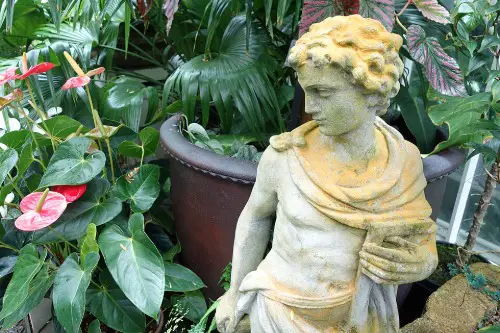
Garden statues covered in moss can look serene or eerie depending on context. While some moss can suggest age and charm, excessive growth signals abandonment. Features like cherubs, animals, or fountains should be focal points, but moss can obscure details. Guests may assume the garden has been untouched for years.
Moss holds moisture and can slowly damage stone or concrete over time. Left unchecked, it emphasizes decay rather than sophistication. It also makes statues slippery or unstable, further suggesting neglect. What starts as a hint of natural beauty can turn into a visual warning that the garden is falling into disrepair.
10. Tangled or Dead Vines
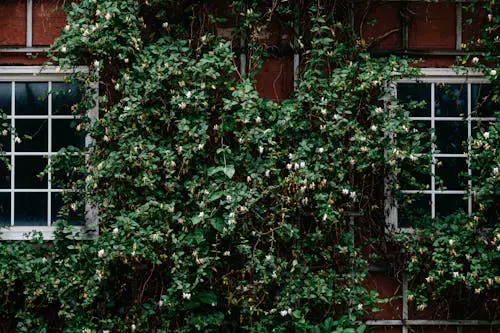
Vines can be dramatic and beautiful, but when they tangle uncontrollably or die, they transform the garden’s appearance. They might strangle fences, trellises, or other plants, giving an impression of chaos. Guests often see vines as a symbol of “nature taking over” when not pruned or replaced. Dead vines are even worse, looking brittle and lifeless.
Unchecked vine growth can smother desirable plants and attract pests. They can also pull down structures, leaving jagged remnants behind. Even a single vine in bad shape draws the eye and distracts from healthier plants. When everything looks tangled or decayed, the yard feels abandoned.
11. Fallen Tree Branches
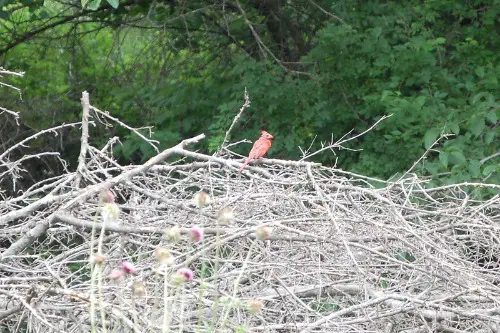
Branches left lying across lawns, paths, or flowerbeds are an obvious sign of neglect. They suggest storms or decay, but no one has bothered to clear them. Even small branches can create visual clutter and make the garden feel hazardous. People interpret them as a sign that the property hasn’t been tended to in weeks or months.
Over time, fallen branches rot and attract fungi or insects. They also interfere with mowing, weeding, or general maintenance. Once a few accumulate, the garden begins to look more like a wild forest than a curated yard. Visitors are immediately drawn to them as evidence of abandonment.
12. Faded or Peeling Paint on Fences
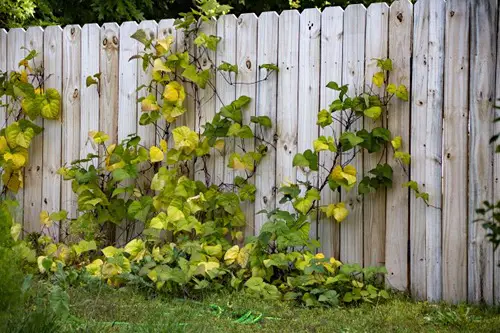
Fences are meant to frame a garden and provide structure, but when paint peels or fades, the effect is the opposite. It makes the entire space look older and uncared for. Even a vibrant garden can feel abandoned if the fence looks dilapidated. Peeling paint also allows wood to rot faster, adding to the neglected aesthetic.
Maintenance is key for fences because they are highly visible. Sun, rain, and seasonal changes will naturally degrade paint, but failure to refresh it creates an impression of indifference. Guests often notice fence condition before other details. A crumbling frame makes even beautiful plantings feel temporary and forgotten.
13. Overfilled Compost or Trash Piles

Compost bins or garden trash left overflowing can transform a yard from lively to abandoned in seconds. They attract pests, emit odors, and create a visual mess. Even compost is supposed to be managed carefully; when left unattended, it signals laziness. Visitors can mistake the heap for general garbage rather than an intentional recycling effort.
Overflowing organic matter also disrupts planting areas and pathways. It can spill into the lawn or beds, further emphasizing neglect. The visual and olfactory cues together create a strong sense of abandonment. It’s one of the fastest ways for a functional garden space to feel unmanaged.
14. Cracked or Missing Paving Stones
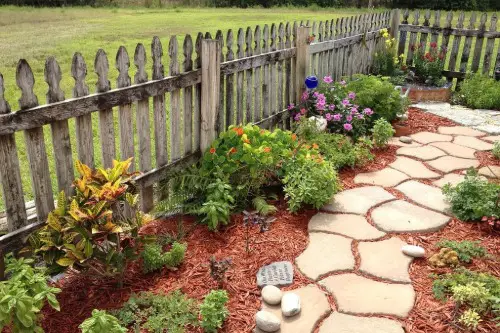
Stone pathways and patios should guide movement and structure in a garden, but cracks or missing pieces suggest the opposite. They indicate that no one has repaired or maintained them in a long time. Water collects in the gaps, weeds sprout, and surfaces can become uneven or unsafe. The overall impression is one of decay overtaking what should be an inviting area.
Even minor cracks become more noticeable over time as they accumulate dirt and moss. Gaps also encourage further erosion and structural weakening. Guests naturally interpret this as abandonment rather than the slow march of natural wear. Well-maintained paving is one of the simplest ways to signal care, so neglect here is highly visible.
This post 14 Garden Additions That Accidentally Make a Yard Look Abandoned was first published on Greenhouse Black.
